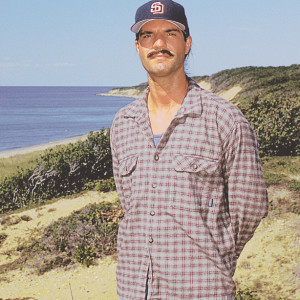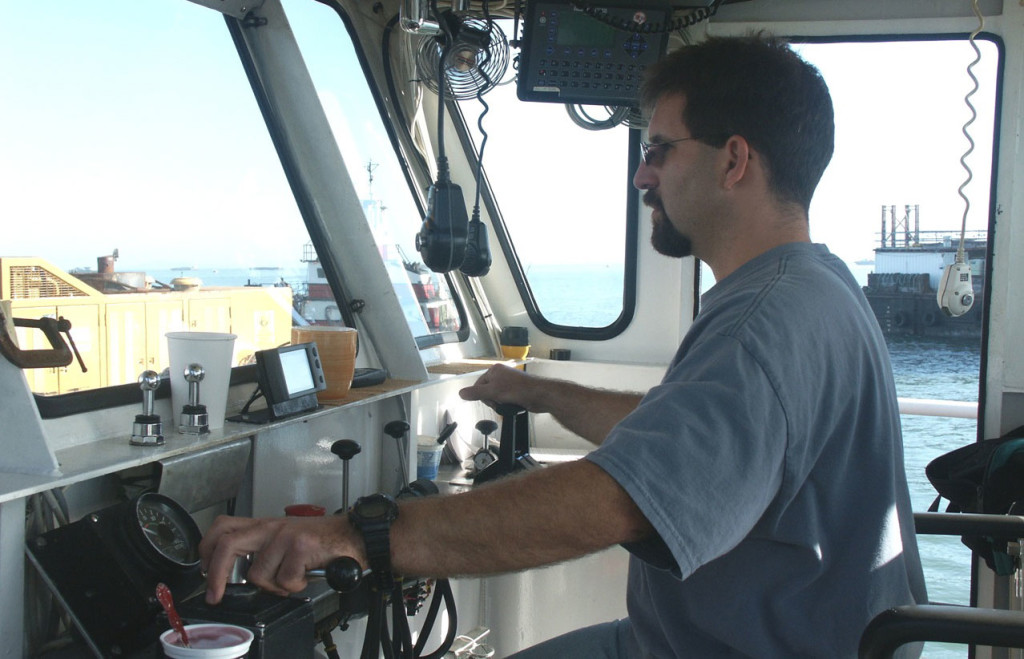It’s important to reiterate that the standard 3-2-1 alongside towing make-up for a tug and barge that I described last month is based on the typical practice of the working deck lines being used are the same size and strength. But that doesn’t always have to be the case.
For instance, you could use a two-part headline that is substantially larger than the other lines and come out with the equivalent to a three-part line. Sometimes straps or donuts (fixed-length loops) are deployed for this purpose as headlines and spring/shoulder lines.
When is it okay to deviate from the standard 3-2-1 make-up?
When there is little or no risk of a negative outcome from doing so. Sliding a barge up or down a dock face or doing a short shift between berths in benign environmental conditions are good examples. But err on the side of caution. It’s only easier with two parts as long as nothing goes wrong.
Another modification, when greater strength and “insurance” is needed, is to use a two-part stern line. Again, you get the additional strength of two parts and you’ve doubled the linear feet of line in use that will soak up shock loads and general abuse. It isn’t necessary all of the time, but sometimes employing more safety is desirable. It all depends on the size and weight of the barge to be towed, the specific environmental conditions likely to be encountered, the size, strength and condition of the deck lines, as well as the characteristics of the tug itself.
Both horsepower and rudder power are transmitted through the lines to the hull to handle a barge. The more power that you have the harder it will be on the lines, so evaluate and rig accordingly.
Finally, rig all lines cleanly. Avoid crossing the parts of any multipart line, which can heat up and chafe from friction, to create an avoidable weak point and increase the potential for failure.
That’s just good basic seamanship.




